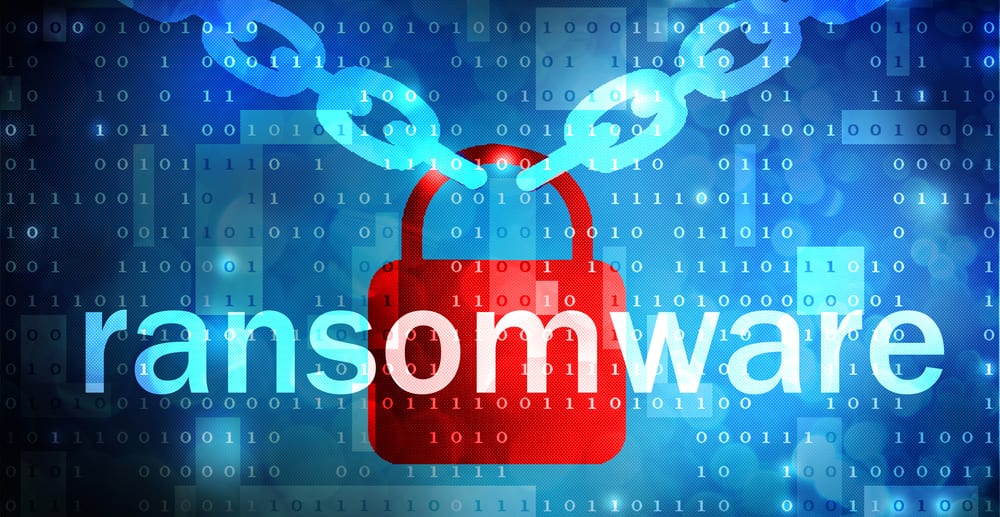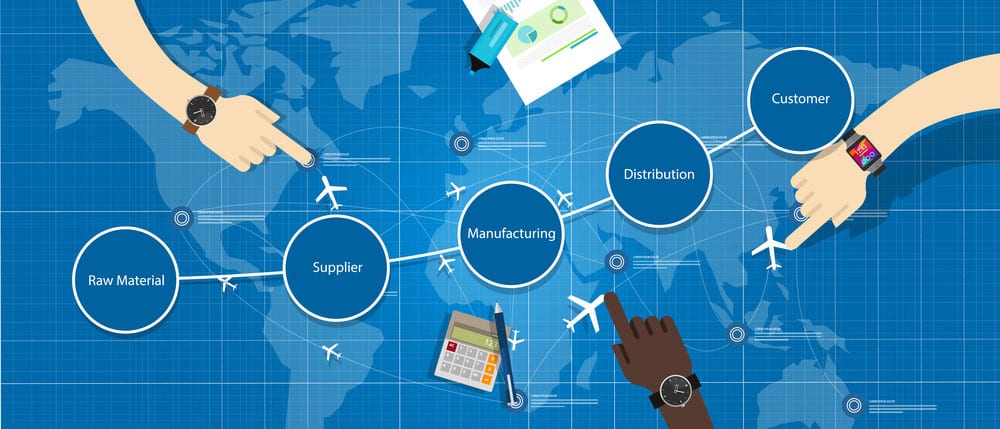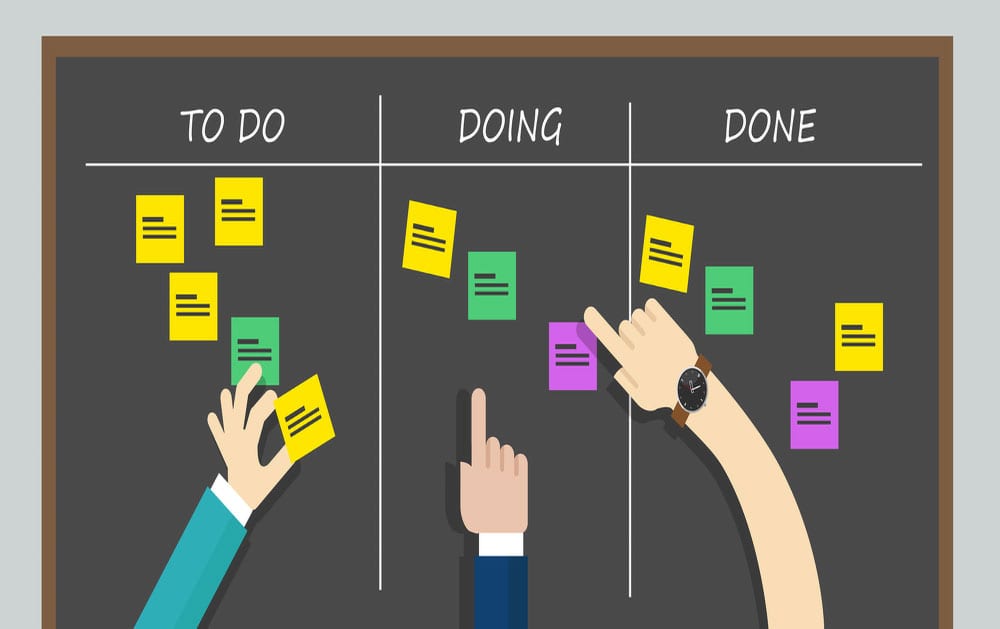Cloud ERP vs On-Premise ERP software: 3 factors to consider

There’s now a wider variety of ERP systems on the market than ever before. With plenty of evidence that ERP software brings massive benefits such as improved efficiency, reduced costs and increased competitiveness, the decision for most of today’s manufacturing companies is less ‘do we need an ERP system?’ and more ‘what do we need in an ERP system?’
One of the main considerations when looking at a new ERP system is how should it be hosted (or where should it be located)? Software in general has been moving more towards cloud based solutions and ERP systems are no exception. But a cloud based ERP system may not be suitable for every company – indeed, for a number of E-Max customers (and many other businesses), having an on-premise ERP system is a necessity.
We cover below what we believe are the top 3 key factors to consider when looking at cloud ERP vs on-premise ERP software to help you decide which is most suited for your business. But before we get into the nuts and bolts of the cloud vs on-premise, let’s explore some of the terminology used around this.
Cloud software is defined as a software application that is hosted by a third party on a remote server, the location of which is often unknown to the company using the software, and can be accessed via an internet browser from any pc or mobile device. Cloud based software is also known as SaaS (Software as a Service). One of the main benefits of cloud software is the lack of IT infrastructure needed, ideal for companies who may not have their own IT team, or are spread over multiple sites. SaaS software can also be more easily scaled up or down, meaning companies only need use what they require at any given time.
On-premise or local software is a term used to describe software that is purchased and installed at a local location, ie the company’s premises, and uses their hardware, ie their servers. It can also be accessed remotely using various technologies such as VPN or remote desktop. This traditional method of hosting software is generally regarded to be safe, reliable and continues to serve business needs, with many companies adopting the ‘if it ain’t broke, don’t fix it’ approach.
A variant of locally hosted software is also possible – in this case, the software would be purchased and installed on a third party’s server service provider’s hardware, through which the purchasing company can access the software.
Cloud ERP vs On-Premise ERP software – 3 key considerations
1. Cost
One of the main reasons for the increase in popularity of cloud-based software is due to the low entry costs of this software. Fees for cloud based software are generally charged as a monthly or annual subscription, often as a pay-as-you go model, with no lock in fees. Additional fees are charged for support and training. This allows for more predictable budgeting but can be a chunky ongoing operating cost. Return on investment on a cloud solution will remain consistent across the lifespan of the software.
Initial costs for on-premise software are usually much higher with a one-off eternal licence for the lifetime of the software and occasionally if upgrades to hardware are required. This cost is normally treated as a capital expenditure. As with cloud based software, additional fees are charged for support, training and updates but are generally rolled into an annual fee, allowing businesses to budget. Return on investment on an on-premise solution will increase over time.
Studies show that costs of cloud based software and on premise software tend to converge over time, so the choice often comes down to the company. Many of our customers have expressed a preference in staying with the initial upfront fee, preferring not to have high ongoing costs or because the software costs may be eligible for a grant, depending on where a business is located. However, there are also plenty of companies who prefer the flexibility of the SaaS model so we recommend getting your finance team involved to crunch the numbers when looking at a new software application.
2. Security
Security is also an important factor to consider when looking at different software models. Whilst there’s little doubt that most cloud providers prioritise security and invest heavily in keeping customer data safe, there continue to be a number of risks for businesses storing their data through a third party. Cloud computing operates with shared infrastructure, platforms and applications and any vulnerability in any of these layers can affect all of a provider’s clients. Companies who store large amounts of data for multiple other businesses are at higher risk of becoming a cyber attack target whilst there have also been documented cases of customer files being deleted through the cloud provider’s employee error.
As a result, there has been an increase in concern amongst IT professionals over cloud security in the last few years. A study in Info Security magazine highlights some of the key concerns of professionals and the apparent vulnerability of data, with more IT professionals now recommending training and certification of existing IT staff as the most popular method of meeting evolving security needs.
Online data also has a higher risk of being accessed by the service provider, who can provide access to this data for 3rd parties, generally only for reasons of law and order (but do check the small print on your user agreement).
Whilst there are also some concerns with security around on-premise software, most of the above do not apply when data is contained locally. Data is more secure and through the flexibility of software like E-Max ERP, protocols can be put in place to ensure only the right people have access to sensitive data.
One often overlooked factor in the debate over cloud based software vs on premise software but one we come across frequently is contractual obligations around data security. Some of our customers who operate in the supply chain of sensitive industries, such as the oil and gas, defence and nuclear sectors, are contractually obliged to host any software on-premise to minimise the risk of leaks of sensitive data, ranging from drawings, specifications, etc. If you provide a service to companies in similar industries, this is something to bear in mind when reviewing software options.
3. Customisation
On-premise software solutions tend to offer user organisations significantly more opportunity to customise the software. For some businesses who perform standard activities, this may not be a concern but for companies with specific needs and requirements, especially those in niche industries, like specialised manufacturers with unique processes, customisation can be vital. Whilst increased customisation can lengthen implementation time whilst requirements are specified and developed but the benefits of having an ERP system that does exactly what you need it to do are generally worth waiting a few extra weeks for, especially for a long term solution.
The flip side of this is that software updates can be more complex than those with no customisation. This can generally be managed by a company’s IT department but heavily customised software updates will undoubtedly require more resource than those with no customisation. However, this does mean that you can take control of updates and not have them automatically occur, allowing you to choose a time that’s right for your business, (unlike cloud based solutions that update at a time of their choosing and can mean no access to your software during working hours).
And finally, when considering cloud ERP vs on-premise ERP, don’t forget your internet connection:
Internet quality – whilst most of the UK has decent internet coverage, there are still some locations with black spots. Does your internet service provider offer a robust service with minimal outages? With no connection, your entire business operations could go down.
Internet speed – how fast is your internet? Whilst it may be perfectly suitable for current use, relying on it for your entire enquiry to invoice system is a different matter. If you’re already noticing your internet speed dropping at lunch break when everyone watches their favourite You Tube videos or streams the most recent episode of a TV show, then you’ll need to consider what needs to be done to get your broadband service up to speed (no pun intended!)
So what’s the best option?
To be honest, we don’t believe there’s a right or wrong answer in the cloud ERP vs on-premise ERP debate. It’s really a case of horses for courses with different types of companies wanting or needing different options. Our customers, both new and existing, continue to enjoy the benefits and stability of our on-premise ERP solutions. We also receive frequent enquiries from prospective customers requesting a cloud version of E-Max ERP. We’re delighted to announce that this will be available from next month and will allow our customers to choose the option that best suits their business. Our aim is to provide the best manufacturing ERP solution for our customers so we’ll keep developing and supporting both cloud based and on-premise options going forward.
If you’d like to find out more about E-Max ERP, take a look at our website, contact us on 0808 109 2035 or drop us an email. You can also book a free demo with us to see our manufacturing ERP system in action.














